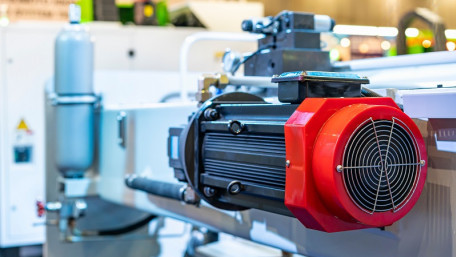
Many online sources explain how to reverse a 3-phase motor; this article will discuss the electrical principles that define why it works and how the phase…
Many online sources explain how to reverse a 3-phase motor; this article will discuss the electrical principles that define why it works and how the phase relationships determine the rotation direction.
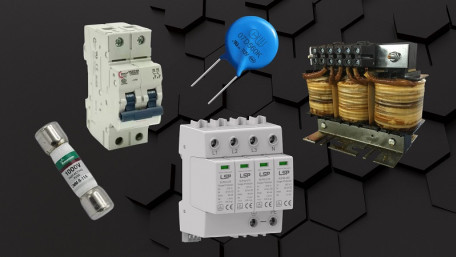
Protection against faults is crucial for any electrical system. This article examines various protective devices,…
Protection against faults is crucial for any electrical system. This article examines various protective devices, highlighting their roles and best use cases to ensure system integrity and longevity.
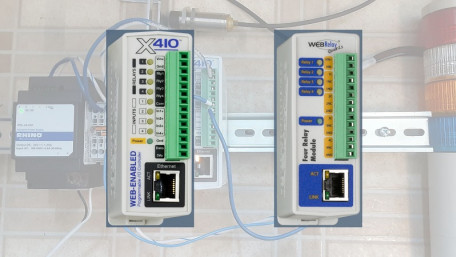
Logic is critical for industrial control, and it usually looks like ladders, function blocks, or structured text. I/O…
Logic is critical for industrial control, and it usually looks like ladders, function blocks, or structured text. I/O controllers are designed to automate simple logic tasks and data functions.

An age-old debate in PLC programming: investigating the uses and caveats of latching software commands versus seal-in…
An age-old debate in PLC programming: investigating the uses and caveats of latching software commands versus seal-in ladder logic for industrial control applications.
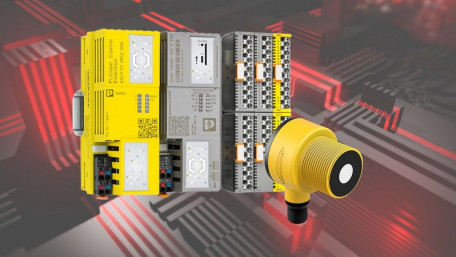
Learn how to connect analog inputs, either voltage or current, to the Phoenix Contact’s IIoT PLC platform and design…
Learn how to connect analog inputs, either voltage or current, to the Phoenix Contact’s IIoT PLC platform and design simple data processing programs with the PLCnext Engineer IDE.
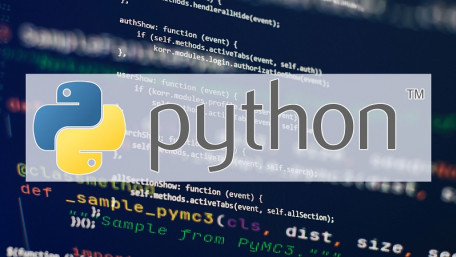
Both lists and dictionaries can retain structured data in Python. The dictionary is unique in that it stores individual…
Both lists and dictionaries can retain structured data in Python. The dictionary is unique in that it stores individual entries with human-readable logical names rather than index numbers.
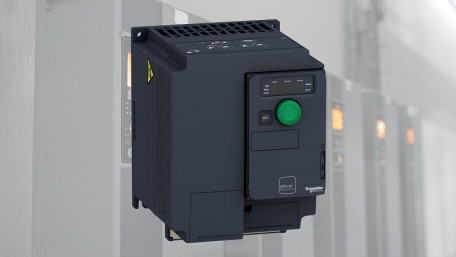
This article investigates the basic principles of inverters, different types of DC-to-AC conversion, and common…
This article investigates the basic principles of inverters, different types of DC-to-AC conversion, and common applications for generating AC voltage in manufacturing.
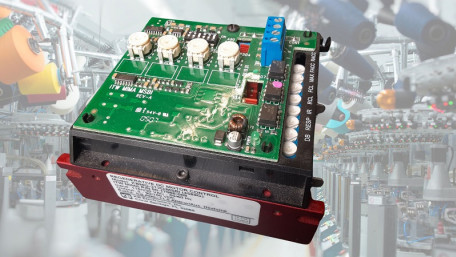
Although DC motor technology has a strong legacy, control strategies vary from simple to complex. Designs must consider…
Although DC motor technology has a strong legacy, control strategies vary from simple to complex. Designs must consider not just the motor, but also the electrical supply and the environment.
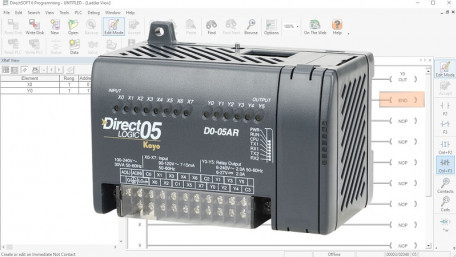
Learn how to use DirectSOFT6 to program discrete I/O functions in a Koyo DirectLOGIC PLC. Although these PLCs are older,…
Learn how to use DirectSOFT6 to program discrete I/O functions in a Koyo DirectLOGIC PLC. Although these PLCs are older, they are found in many existing automation installations.
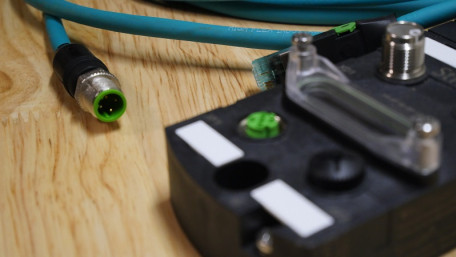
Ethernet switches can use four different types of connections: RJ45, fiber, M12, and SFP. Understanding the difference…
Ethernet switches can use four different types of connections: RJ45, fiber, M12, and SFP. Understanding the difference can help with network troubleshooting, design, or alteration.
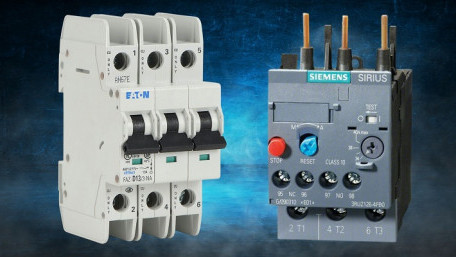
We know what a circuit breaker is meant to do: stop the flow of electricity in case of a fault or failure. But just like…
We know what a circuit breaker is meant to do: stop the flow of electricity in case of a fault or failure. But just like fuses, breakers and overloads respond differently depending on the load.
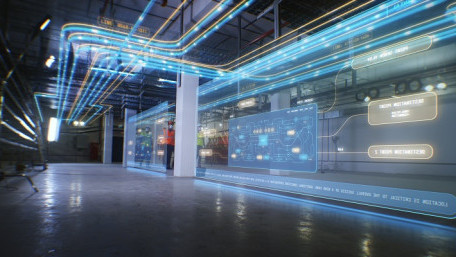
Automated control systems incorporate virtualization technology to reduce physical hardware, automatically minimizing the…
Automated control systems incorporate virtualization technology to reduce physical hardware, automatically minimizing the cost of IT/OT equipment, installations, and maintenance efforts.
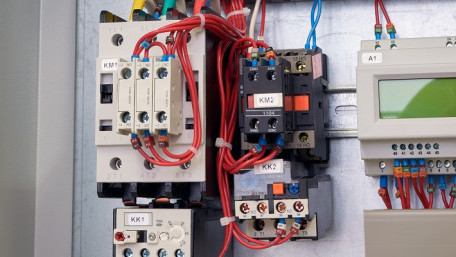
This article investigates the basic components and wiring conventions for common three-phase motor starter…
This article investigates the basic components and wiring conventions for common three-phase motor starter configurations, including direct online, reversing, and star-delta.

Effectively managing data includes processing it after initial collection: performing calculations, reviewing for…
Effectively managing data includes processing it after initial collection: performing calculations, reviewing for anomalies, and displaying the data for easier actionable insights.
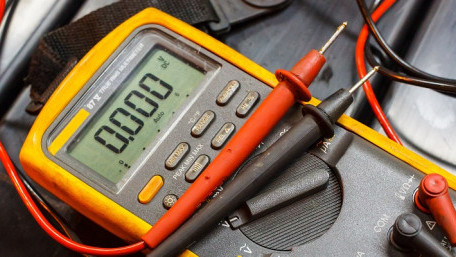
Electrical and mechanical measurements are often labeled with "RMS" and "True RMS." Aside from the simple math…
Electrical and mechanical measurements are often labeled with "RMS" and "True RMS." Aside from the simple math definitions we learned in electronics class, why is this distinction actually important?
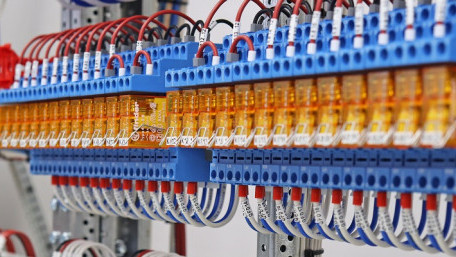
Have you ever heard of a relay? Of course you have. There are many different kinds, plus hundreds of different trade…
Have you ever heard of a relay? Of course you have. There are many different kinds, plus hundreds of different trade lingo names. What are some of the most common, and how do we use them?
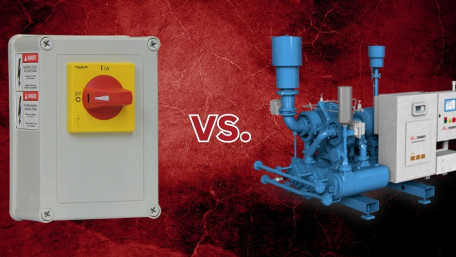
Knowing what kind of control system to use: that’s a question that must be answered before setting up the factory…
Knowing what kind of control system to use: that’s a question that must be answered before setting up the factory floor. Why would someone choose pneumatic over electrical controls?

Storing data long-term for recording and reporting purposes is the job of the utility data warehouse, quite different…
Storing data long-term for recording and reporting purposes is the job of the utility data warehouse, quite different from data-collection processes that optimize systems and predict failures.
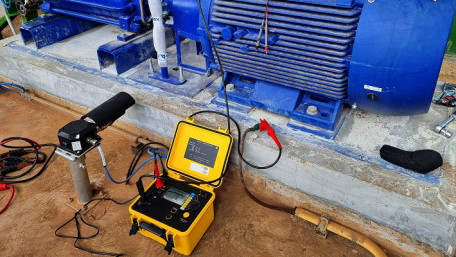
Within motors, two very different types of resistance are evident. The resistance of the windings is measured with a…
Within motors, two very different types of resistance are evident. The resistance of the windings is measured with a normal multimeter. But what is insulation resistance, and how is it measured?
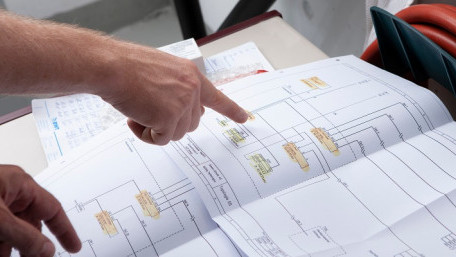
In order to trace control system problems to the core, the ability to read and interpret various resources, from…
In order to trace control system problems to the core, the ability to read and interpret various resources, from facility-level diagrams to machine-level wiring layouts, is critical.
